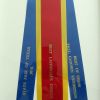Butterfly Plants for the Garden
February 21, 2018 | By webadmin
Each year, as the monarchs make their annual pilgrimage through Texas on their way to Mexico, we wonder “why didn’t we plant more butterfly plants?!” If you’ve found yourself lamenting the lack of butterflies in your garden, now is the time to plan for new pollinator plants you can add to your garden this spring. Be sure to include both egg-host plants and nectar plants, for all stages of insect development.
Here are a few of our favorite easy-and-tough pollinator plants to attract butterflies to your garden this year:
Butterfly Bush - Buddleja spp.
The go-to plant for butterflies (and many other pollinators) is the classic butterfly bush. Many of the older varieties grow to be quite gigantic and can become invasive. Newer dwarf varieties, on the other hand, stay much more compact and are less likely to spread. If you would like a smaller variety (3-4’), try out the Buzz series. The colors vary from white to magenta to the deepest purple-black and are sure to be covered with all pollinators all year long.
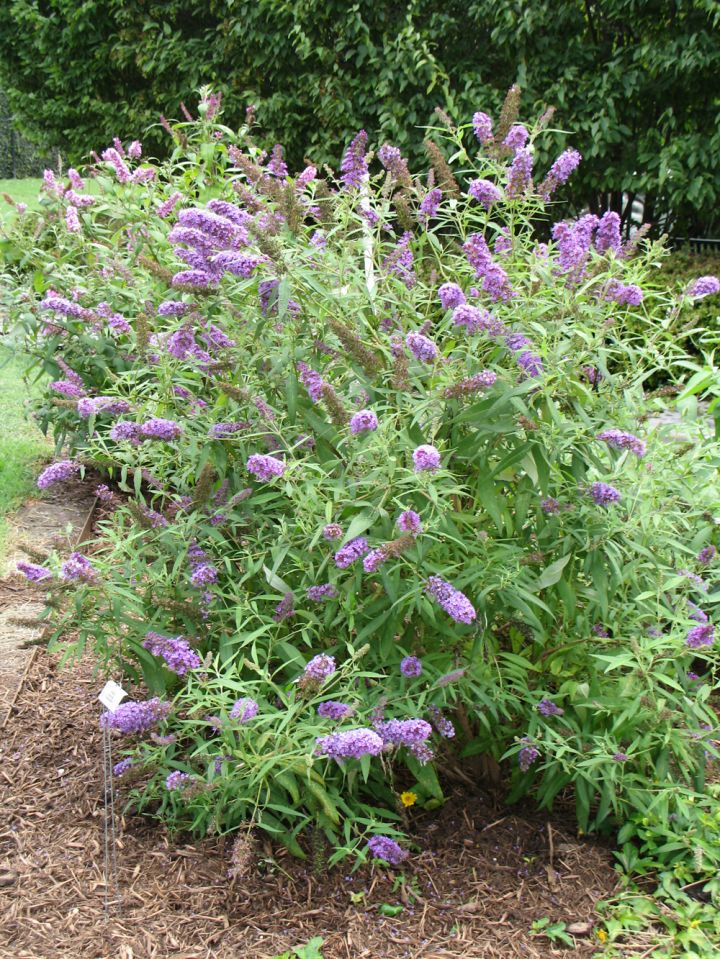
Butterfly Bush
Milkweed
If you’re looking to attract and feed monarch butterflies, then milkweed is a must have. Milkweed is the host plant for the Monarch caterpillar, therefore the most important food source. There are many different types of milkweed. Sporting white flowers, Texas milkweed (Asclepias texana) is an excellent native species for supporting monarchs. For interesting green flowers, look for Asclepias viridis. Whorled milkweed (A. verticillata) is another white-flowering species. For bright orange flowers plant A. tuberosa - for purple flowers look for A. incarnata. These are all perennial species of milkweed.
You can also plant the annual tropical Mexican milkweed, A. curassavica, with one caution: you should plan to cut these plants back to the ground twice per year to avoid over-breeding on these plants, which can lead to certain infections harmful to the monarch caterpillars.
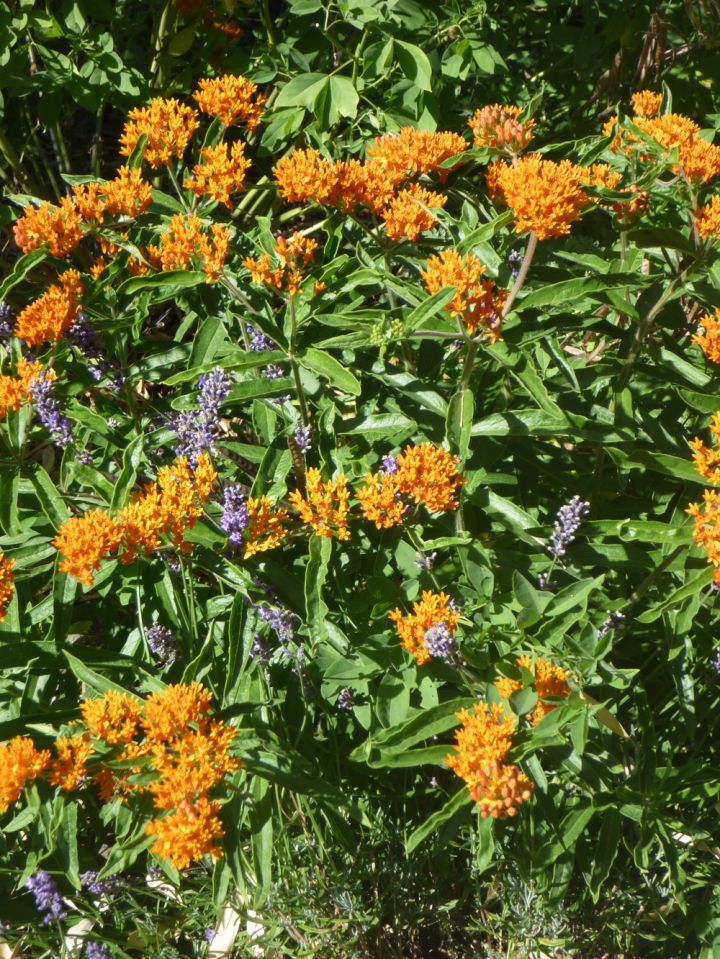
Asclepias tuberosa
Gregg’s Mistflower - Conoclinium greggii
Gregg’s Mistflower is a rugged and lovely Texas native with sweet, white to light lavender flowers. Plants are partially evergreen and grow to a tidy 3’ x 3’ in the garden. Give them a sunny location and that’s about all these plants will need from you. The best part about mistflower is it will be in full bloom as the Monarchs fly through Texas, making it an ideal feeding plant! Like most natives, it can handle our dry conditions.
_sm__full-width.jpg)
Gregg's Mistflower
Firebush - Hamelia patens
Hamelia is a shrub native to Mexico, but will die back in winter in North Texas. We love this plant for its ability to thrive in heat and still keep blooming. Not only does firebush attract butterflies, hummingbirds LOVE it. It would be a great addition to your container gardens for easy removal once frost hits. Another bonus: it has a great red fall color.
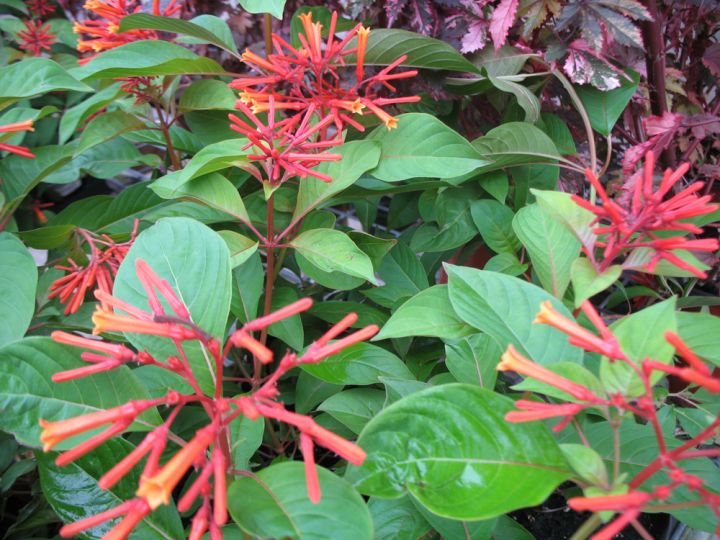
Firebush
Pentas - Pentas lanceolata
Pentas are an easy to grow annual that butterflies can’t resist. These reliable bloomers can be planted early in the spring; plants will then keep blooming and thriving throughout the summer and fall. Pentas come in many colors to fit into your garden’s color scheme, all attractive to a variety of butterflies and other pollinators.
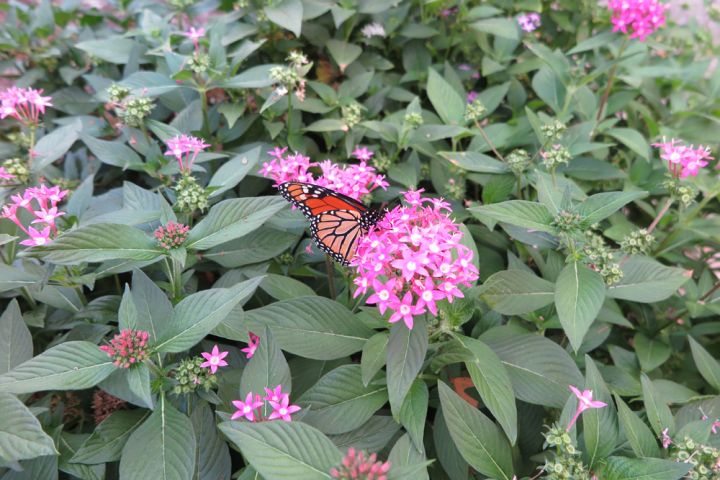
Pentas
There are many more wonderful pollinator plants you can incorporate into your garden. We hope this short list of a few of our favorites will get you inspired to get planting!
